CICECO at ICCT 2025: Scientific Leadership in Chemical Thermodynamics
The conference reinforced Portugal’s position within the global thermodynamics community and provided a platform for scientific exchange across career stages. The involvement of researchers in the organisation and scientific programme ensured strong institutional representation.CICECO and the University of Aveiro were actively involved in the 27th IUPAC International Conference on Chemical Thermodynamics (ICCT 2025), which took place from 20 to 24 July 2025 at the Faculty of Sciences of the University of Porto.
A team of CICECO researchers attended ICCT 2025, contributing with oral and poster presentations across multiple thematic sessions. Their participation covered key areas such as energy and sustainability, phase equilibria, bio and pharmaceutical materials, and ionic fluids and deep eutectic solvents, aligning with CICECO’s core research domains.
According to Dr. Filipe Sosa, ICCT 2025 was a scientifically enriching and stimulating event. Together with PhD and MSc students, he presented work addressing both fundamental properties and practical applications of alternative solvents, from their physicochemical characterisation to their use in extraction and membrane processes. “The event underscored Portugal’s relevance within the international thermodynamics community,” he noted.
Dr. Inês Vaz, participant and member of the organising committee, delivered an oral communication in the Instrumentation and Methods session, focused on the application of isothermal titration calorimetry to study metal extraction using eutectic solvents. She also chaired a session on Phase Equilibria & Fluid Properties. Dr. Vaz highlighted the scientific quality of the conference and the collaborative environment, which promoted open dialogue and knowledge exchange.
Professor João A. P. Coutinho, Director of CICECO, played a leading role in the event, acting as Co-Chair of the Local Organising Committee and member of the Scientific Advisory Board, thus contributing to both the scientific direction and strategic coordination of the conference.
ICCT 2025 reinforced the relevance of chemical thermodynamics as a foundation for emerging applications in sustainable technologies, materials design, and bio-based innovation. The event also provided an important platform for scientific networking, including a poster session and a social programme that promoted collaboration among early-career and senior researchers.
You can see more about the event at: https://icct2025.events.chemistry.pt/


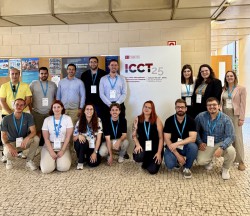
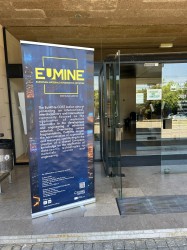

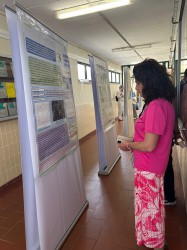

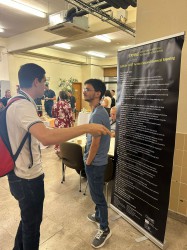
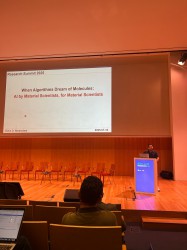
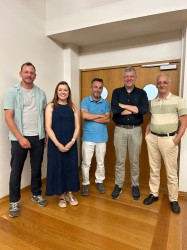
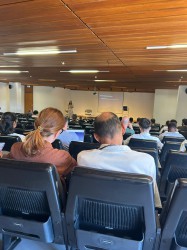
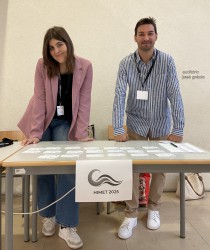
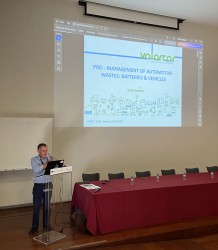
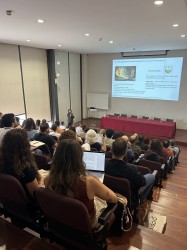
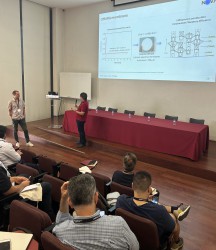
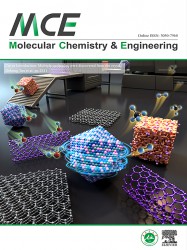
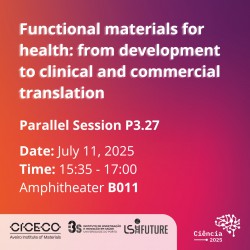


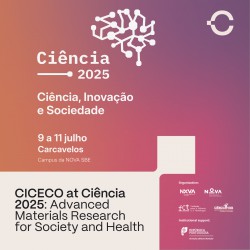



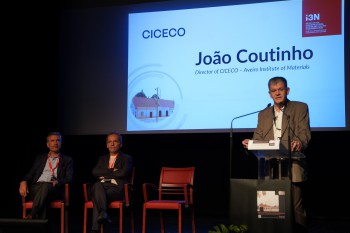
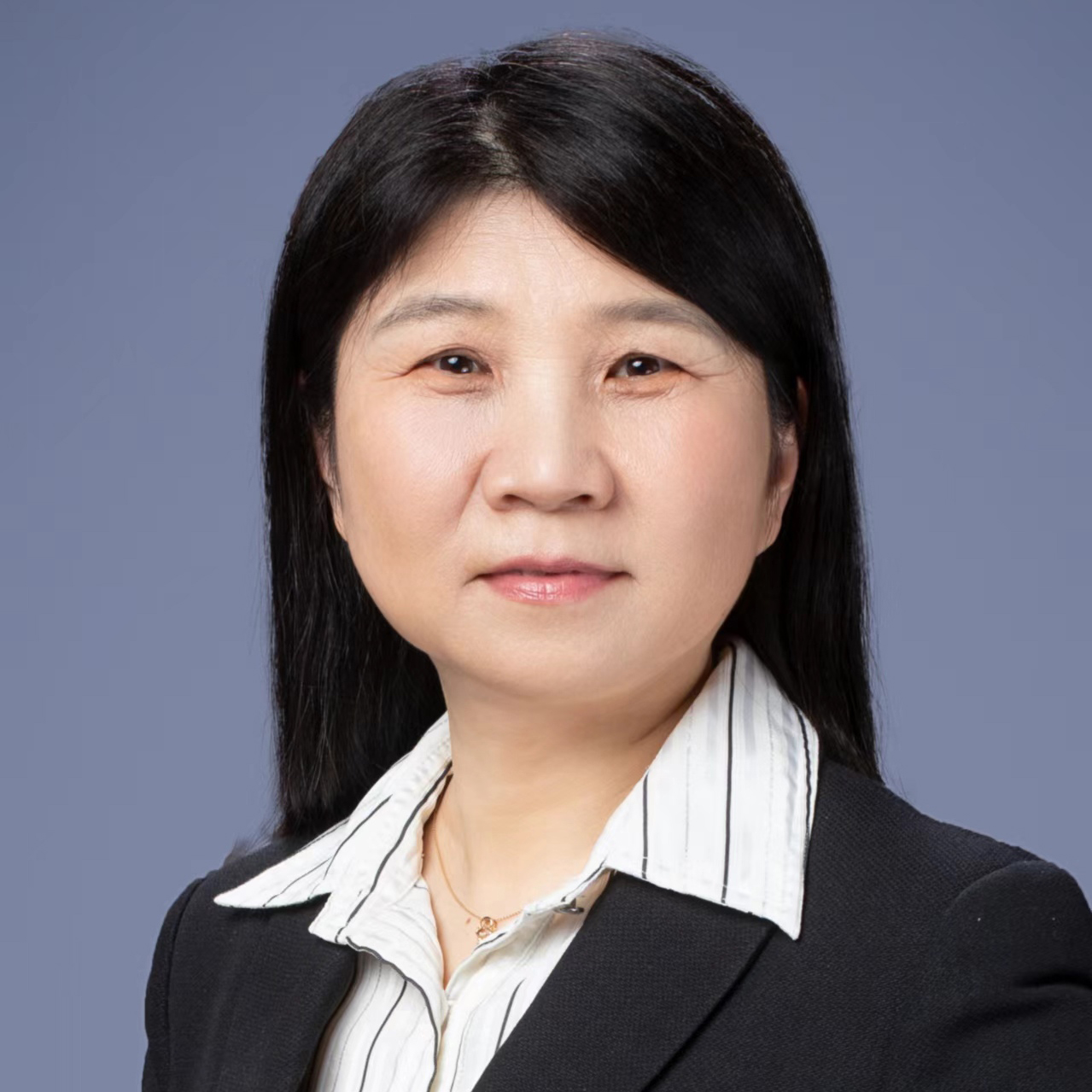 We are pleased to announce that Prof. Gao Mingxia from Zhejiang University, People's Republic of China, has joined CICECO's International Advisory Board. Prof. Mingxia brings exceptional expertise in advanced materials research, which will significantly strengthen our collaborative research efforts and international partnerships.
We are pleased to announce that Prof. Gao Mingxia from Zhejiang University, People's Republic of China, has joined CICECO's International Advisory Board. Prof. Mingxia brings exceptional expertise in advanced materials research, which will significantly strengthen our collaborative research efforts and international partnerships. This appointment follows the transition of our previous advisor, Prof. Matthew Rosseinsky from the Department of Chemistry, University of Liverpool, United Kingdom, who deeply contributed to the international recognition of CICECO.
This appointment follows the transition of our previous advisor, Prof. Matthew Rosseinsky from the Department of Chemistry, University of Liverpool, United Kingdom, who deeply contributed to the international recognition of CICECO.